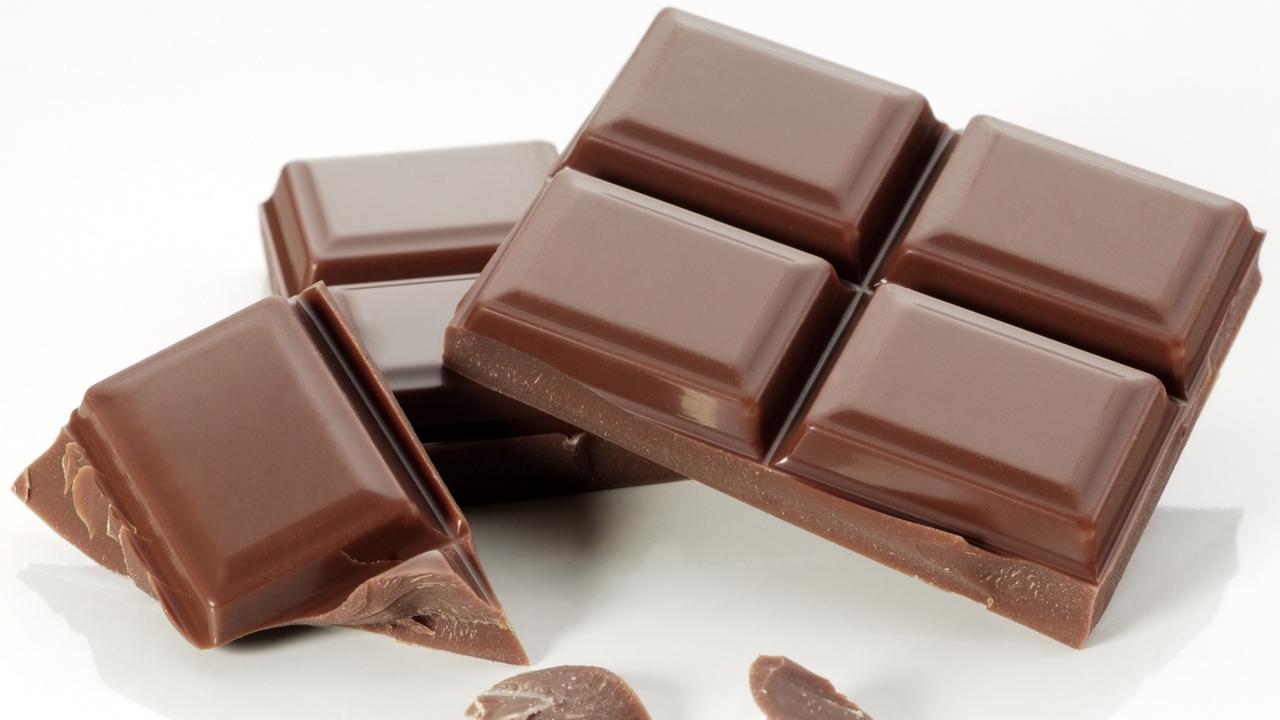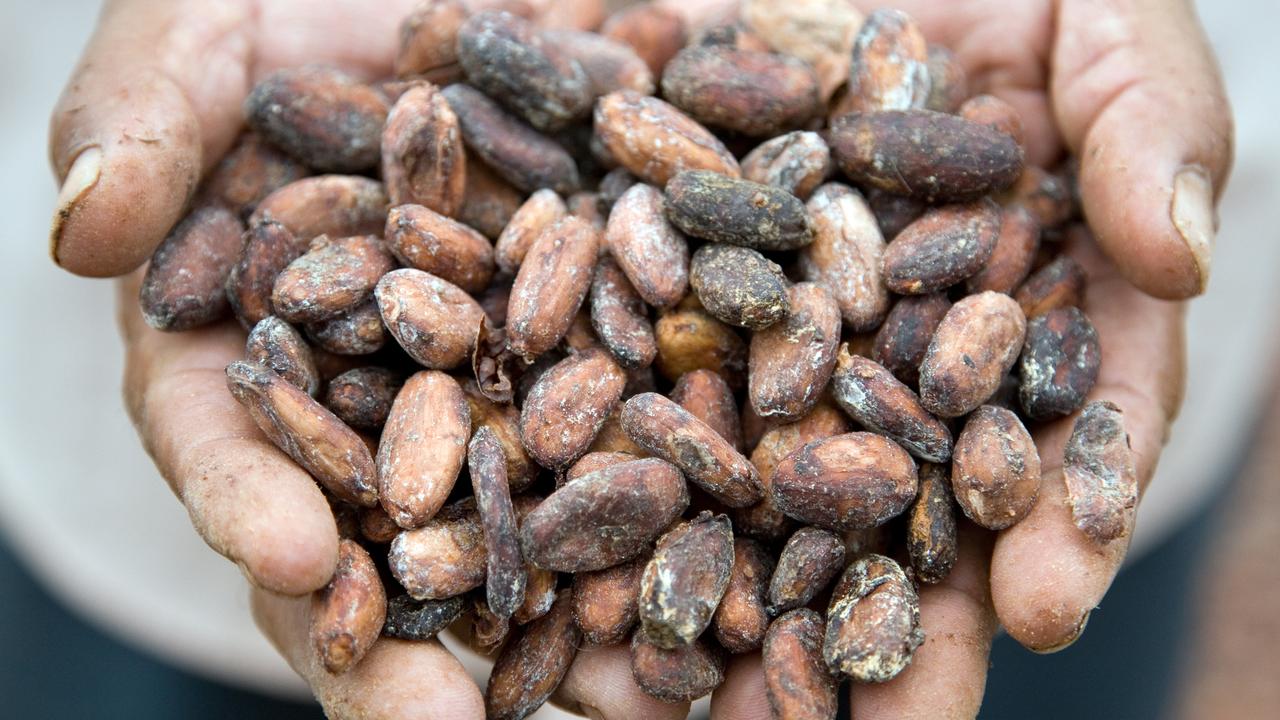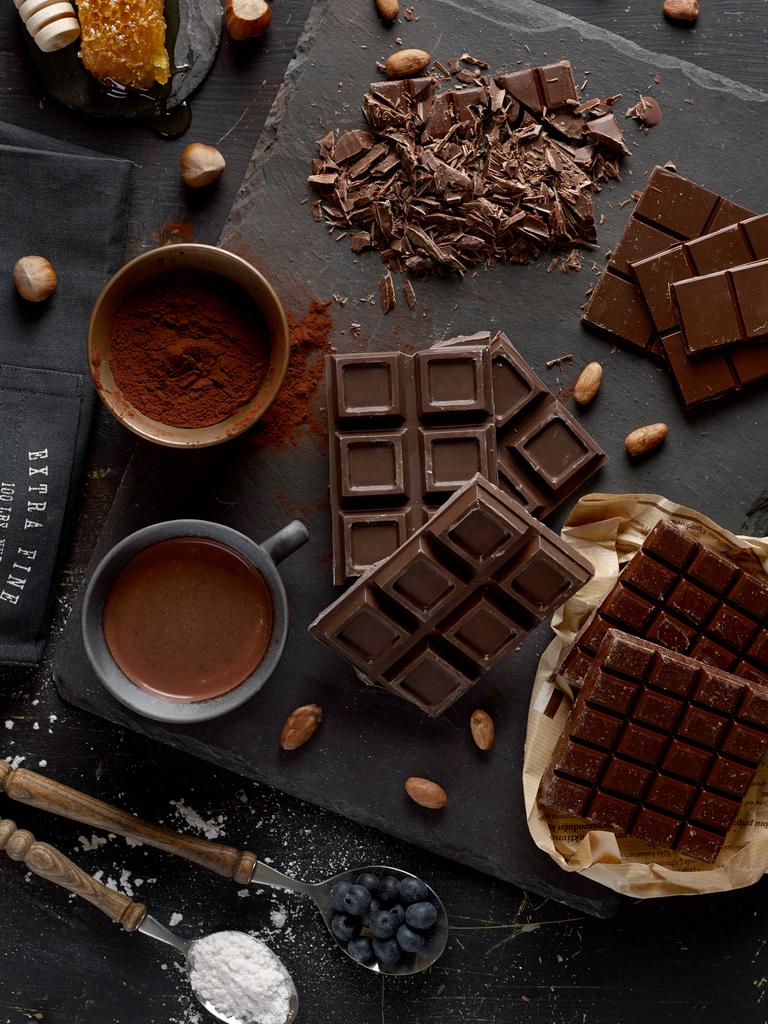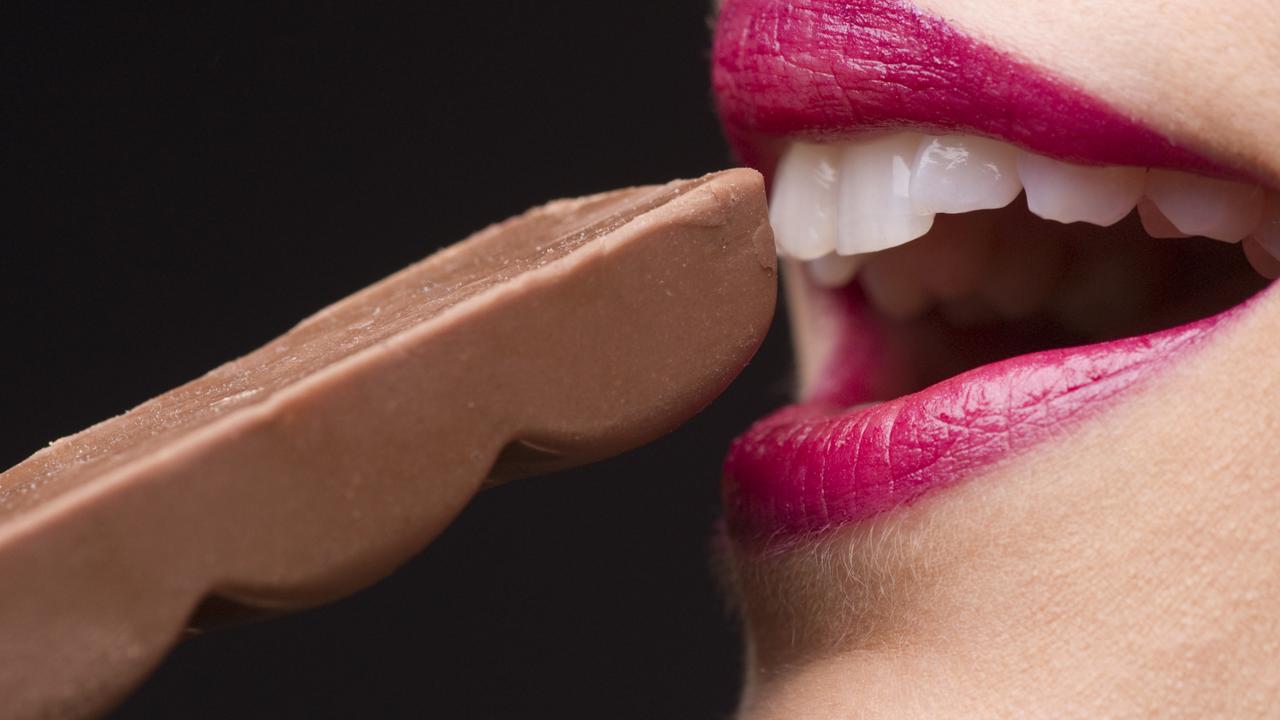Uncovering the ancient origins of chocolate
Before being used to make chocolate, cacao was used by ancient tribes for cooking and medicinal purposes, finds a new study tracing the history of the world's favourite ingredient

READING LEVEL: ORANGE
Scientists are getting a better taste of the early history of the domestication* and use of cacao* – the source of chocolate – thanks to residues* detected on a batch of ancient ceramics* from South and Central America.
Using evidence from these artefacts, the researchers traced the rapid spread of cacao through trade routes, after its initial domestication more than five millennia ago in Ecuador. They showed cacao’s dispersal to South America’s northwestern Pacific coast and later into Central America until it eventually reached Mexico 1500 years later.

A tropical* evergreen tree* called Theobroma cacao* bears large, oval pods containing the bean-like cacao seeds that today are roasted and turned into cocoa and multitudes of chocolate confections. In these ancient times, cacao was consumed as a beverage or an ingredient with other foods.
The researchers tested more than 300 pre-Columbian ceramics spanning nearly 6,000 years for traces of cacao DNA* and three chemical compounds related to it, including caffeine. They discovered cacao evidence on about 30 per cent of them. The findings indicate cacao products were used more widely among these ancient cultures than previously known.
A study published in 2018 revealed the domestication and use of cacao beginning about 5,300 years ago in Ecuador, based on evidence from ceramics at the Santa Ana-La Florida archaeological site. The new study builds on that by tracking cacao’s spread through 19 pre-Columbian* cultures. Some of the earliest use was shown through ceramics made by the Valdivia culture in Ecuador and Puerto Hormiga culture in Colombia.

“The first steps of cacao domestication correspond to a more complex process than the one we had previously hypothesised*,” said molecular geneticist* Claire Lanaud from the AGAP, a French agricultural research centre for international development.
“We were not at all aware of such an important domestication* of cacao trees all along the Pacific coast* in South America in the pre-Columbian times, and so early. The significant genetic mixing that was observed testifies to numerous interactions that could have happened between peoples from Amazonia and the Pacific coast,” Lanaud added.
Cacao’s dispersal from Ecuador to Mesoamerica* may have occurred through vast and interconnected political-economic networks*, according to the researchers.
“First of all, we can firmly state that the origin of cacao and its domestication was the Upper Amazon and not in the tropics of Mesoamerica – Mexico and Central America. The process of dispersal was rather quick and involved the close and long-distance interaction of the Amerindian people,” said archaeologist Francisco Valdez.

The study provides insight into the earliest trade in what is now one of the world’s most important cash crops. Today’s sugary chocolate confections* differ greatly from cacao’s early uses. Before Europeans reached the Americas five centuries ago, cultures like the Aztecs and Maya prepared it as a drink, mixed with various spices or other ingredients.
“Cacao as a plant is an energy-source food, as well as a medicinal product,” Valdez said. “Amerindian people used it in many ways. Raw, the pulp was sucked. The (cacao seed) could be cooked, roasted, grinded and made into liquid and solid foods. The bark, branches and the cob can be burned, and the ashes are an antiseptic*. And it is also used to relieve skin or muscle inflammations* and sores*.”
POLL
GLOSSARY
- domestication: the process of taming wild animals or plants for human use or cultivation
- cacao: the plant from which cocoa and chocolate are made, known for its bean-like seeds
- residues: traces or remnants left behind after a process or activity
- ceramics: objects made of baked clay, such as pots or dishes
- tropical: relating to or occurring in the region near the equator, characterised by warm temperatures and lots of rainfall
- evergreen tree: a type of tree that retains its leaves throughout the year, typically found in tropical climates
- Theobroma cacao: the scientific name for the cacao tree
- oval pods: egg-shaped containers that hold the cacao seeds
- DNA: The genetic material present in all living organisms
- pre-Columbian: referring to the time period before the arrival of Christopher Columbus in the Americas
- hypothesised: a proposed explanation for a phenomenon that can be tested through research and experimentation
- geneticist: a scientist who studies genes and heredity
- Pacific coast: the region along the western edge of South America that borders the Pacific Ocean
- domestication: the process of adapting plants or animals for human use by selective breeding
- Mesoamerica: the region that includes parts of Mexico and Central America
- political-economic networks: connections between different groups or societies based on politics and economics
- confections: sweet foods made with sugar or chocolate
- antiseptic: a substance that prevents the growth of bacteria and promotes healing
- inflammations: conditions characterised by redness, swelling, pain, and heat in a part of the body
- sores: open wounds or lesions on the skin
EXTRA READING
Aussie invention coins reveal national love of chocolate
Aussie Violet Crumble hits purple patch
Meet Australia’s real Willy Wonka
QUICK QUIZ
- What is cacao, and why is it significant in this story?
- How did scientists trace the spread of cacao through trade routes?
- What did researchers discover about the domestication of cacao trees in South America?
- Who were some of the ancient cultures mentioned in the study that used cacao?
- How did ancient civilisations like the Aztecs and Maya use cacao in their daily lives?
LISTEN TO THIS STORY
CLASSROOM ACTIVITY
1. Annotated map
Make an annotated map that shows the locations and key details of the early history of cacao domestication and use.
Time: allow 30 minutes to complete this activity
Curriculum Links: English, History, Geography
2. Extension
Consider some of the lesser known uses of cacao as mentioned in the final paragraph of the story. Create a package for a new cacao product for one of these purposes.
Time: allow 20 minutes to complete this activity
Curriculum Links: English, Visual Arts
VCOP ACTIVITY
To sum it up
After reading the article, use your comprehension skills to summarise in a maximum of three sentences what the article is about.
Think about:
- What is the main topic or idea?
- What is an important or interesting fact?
- Who was involved (people or places)?
- Use your VCOP skills to re-read your summary to make sure it is clear, specific and well punctuated.

